Join US
Do you want to build the fantasy world you’ve always dreamed of?
Subscribe to receive notifications when a new post is out and for our monthly newsletter!
You can always unsubscribe anytime.
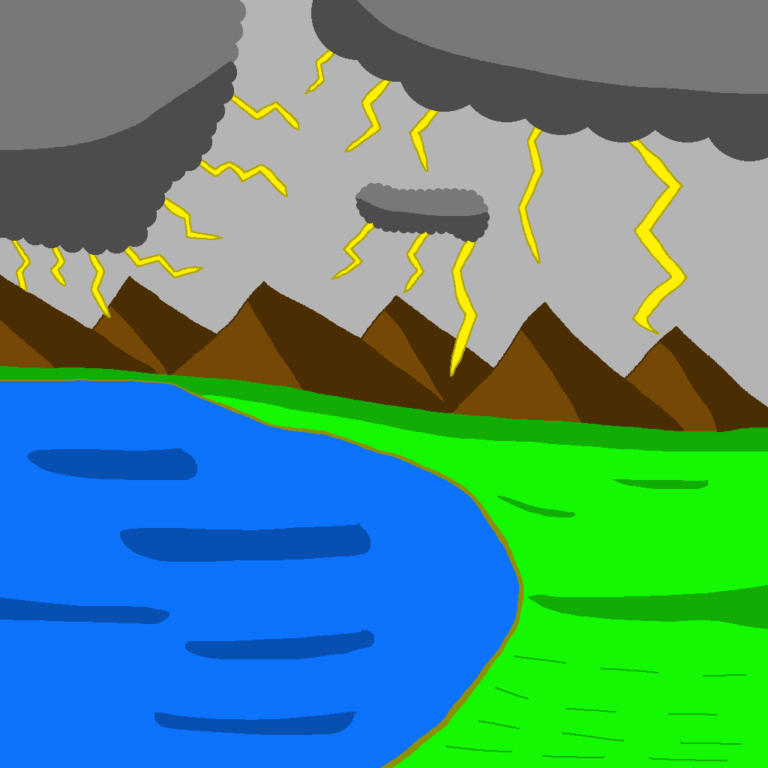
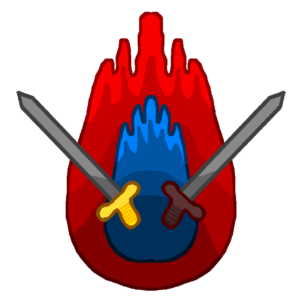
Part of writing a fantasy book is creating a compelling, interesting story that keeps readers engaged from the very first page all the way to the last page. How then do writers make interesting stories? By using what’s known as dramatic scenes that add tension and generate conflict between multiple characters as they have their own agenda that they’re working towards at the expense of someone else.
Dramatic scenes wield far more power not just in fantasy, but in all genres. However, for the purposes of this article, we’ll explore how it relates to fantasy. In this particular genre, you can use the power of drama to craft magnificent scenes that are hard to top.
There are many avenues where you, the fantasy writer, can leverage drama to your advantage and we’ll take a look at some of the most common ways. First and foremost, we look at how you can use it for confrontations where tensions between two or more characters come to a head in a fantasy setting can fundamentally shift the story in unexpected ways.
A central tenet of the genre is exploring fantastical lands full of beauty and imagination. Each environment brings with it its own set of dangers and threats to the protagonist and his allies. You can use fantasy adventures to create an atmosphere fueled with tension in a number of ways that makes your audience want to see what happens next.
The most influential use of dramatic scenes in fantasy takes place on the battlefield. Nothing tops the spectacle of seeing two large armies viciously clashing with each other in a major battle between good and evil where the audience has no idea who will prevail. Throw in the chaos of battle and you have the recipe to make a scene hard to forget!
This is the twenty-first article in our series looking at writing a fantasy book. You can find more articles on our blog page.
Dramatic scenes in fantasy are a powerhouse in their own right. When people think of drama in the genre, a large-scale battle is the first to come to mind. While not as epic as seeing two armies in an all-out brawl, confrontations between multiple characters are equally powerful and impact the story in a meaningful way.
Confrontations between characters come in many forms. Some are physical where they simply fight each other whereas the majority are verbal where they argue over something or someone which affects the plot somehow. The length of said confrontations vary; some only take a few minutes whereas others can last for hours or even days!
In scenes where confrontations occur, there are many undercurrents at play. You have different personalities with different viewpoints. Characters have their own agenda and moral compass — or the lack of — as well as their inner doubts and fears that might surface during said argument.
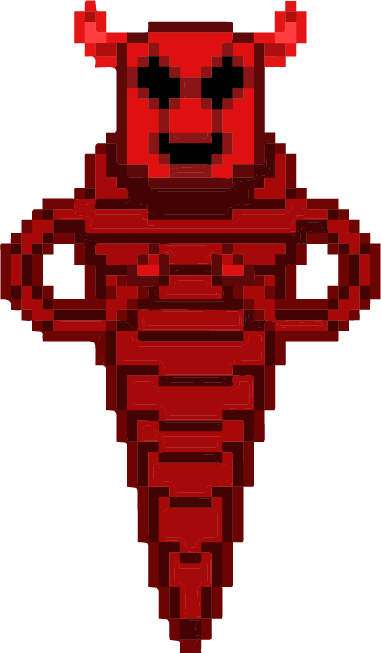
Having characters engaged in a confrontation in fantasy adds layers of complexity as the main story revolves around the eternal struggle between good and evil. Some characters are firmly in one camp or another. Those on one side or another work to stymie their foes while advancing their side.
While everyone likes seeing both sides confront each other, they also like seeing it happen within the same side or faction. When it comes to the war between good and evil, said confrontations can be between allies who agree on the overall strategy but have different tactics in mind which can make for intriguing dramatic scenes. Disagreement between allies can lead to unforeseen results such as someone doing something foolhardy that puts the whole group at risk.
However, there are some characters who are in-between and don’t see things in black and white. Mercenaries and rogues are perfect examples of this group of characters. While they generally don’t care who wins, their perspective on things clash with both the good and evil factions as they have their own moral compass and are willing to sell their services for a generous fee.
One of the most appealing things about the fantasy genre is exploring strange, unusual lands not found in the real world. They evoke a sense of wonderment and make the audience wish they were real. As fantastical as they might seem at first glance, exploring these lands can make for compelling dramatic scenes.
Why would that be the case? Well, because when both the protagonist and the audience are traveling through these exotic lands — at least for the first time — they have no idea what to expect. They don’t know if they’ll encounter wild, vicious animals or people who have no qualms about killing others as they move through them.
Animals and other people aren’t the only things that can make for dramatic scenes in trekking though new territory. You can even use the terrain to your advantage. Terrain such as mountains, rivers with rapidly-flowing water, and marshy swamps with poisonous plants are just a few of many different environments you can utilize to make a particular part of the adventure quite harrowing and fill both the characters and the audience with anxiety.
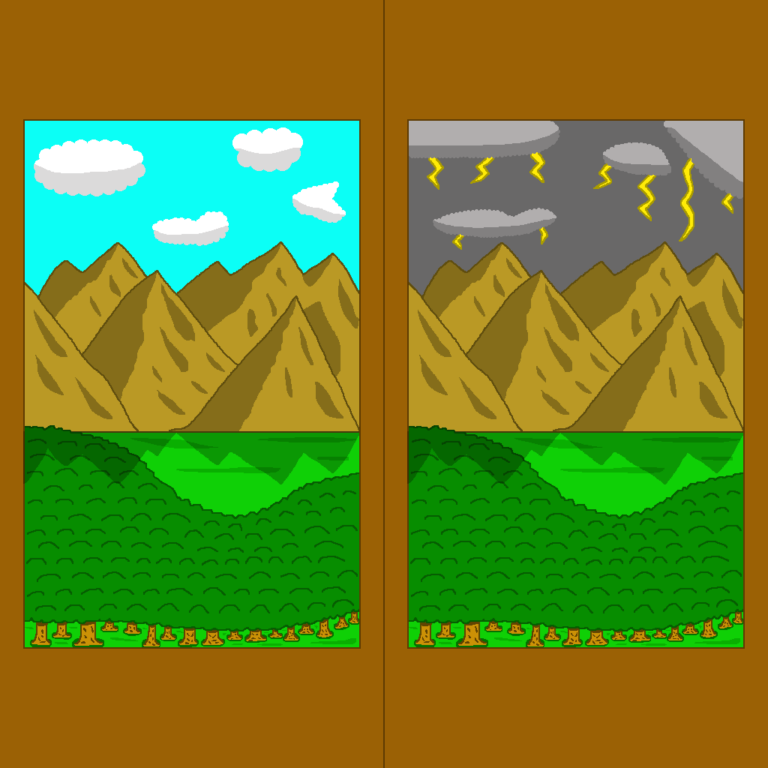
The best part about using terrain is that they present natural obstacles that must be overcome in order for the story to proceed. With no other choice but to navigate them, the characters must muster up the courage to step forward despite their misgivings. You can use these dramatic scenes for character development by having them face their inner fears and doubts as they travel through the natural obstacles.
The world changes throughout the story, becoming increasingly dangerous the further you get in the tale. The first half tends to be relatively calm with danger slowly growing as the protagonist moves through his adventure. A sense of unease slowly pervades the atmosphere which tests the characters’ determination to keep pushing on.
The more a world is engulfed in chaos, the more dangerous traveling becomes. This is especially true in the latter half of the adventure. The closer the protagonist and his allies get to the end, the more evil spreads and twists everything it touches, even the land. The hero must then journey through lands riddled with poison, dead trees, and roaming monsters. These are the perfect ingredients to create dramatic scenes dripping with tension.
Nothing screams dramatic scenes more than witnessing multiple armies engaged in the thick of battle. Think of some of the greatest ones in the genre like Helm’s Deep or the Pelennor Fields. Battles span quite a few pages and each part of a battle is fraught with peril.
Among the reasons why battles make for perfect dramatic scenes is that the audience has no way of knowing whether a character they love (or hate!) will survive. By the time one begins, your readers have been following your characters throughout the pages and become invested in them, hoping they get what they deserve. When they’re thrust into it, the audience knows there is a very real risk that they may not make it to the other side which makes for a compelling plot and helps keep them engaged in the story.
While they tend to be few and between, battles are integral to the plot. They serve as central settings of the story in which two or more sides fight each other for a number of reasons. Most of the time they serve as a representation of the constant struggle between good and evil but they can also occur out of somebody’s desire to obtain a valuable piece of property or take back what is rightfully theirs, among many other reasons.
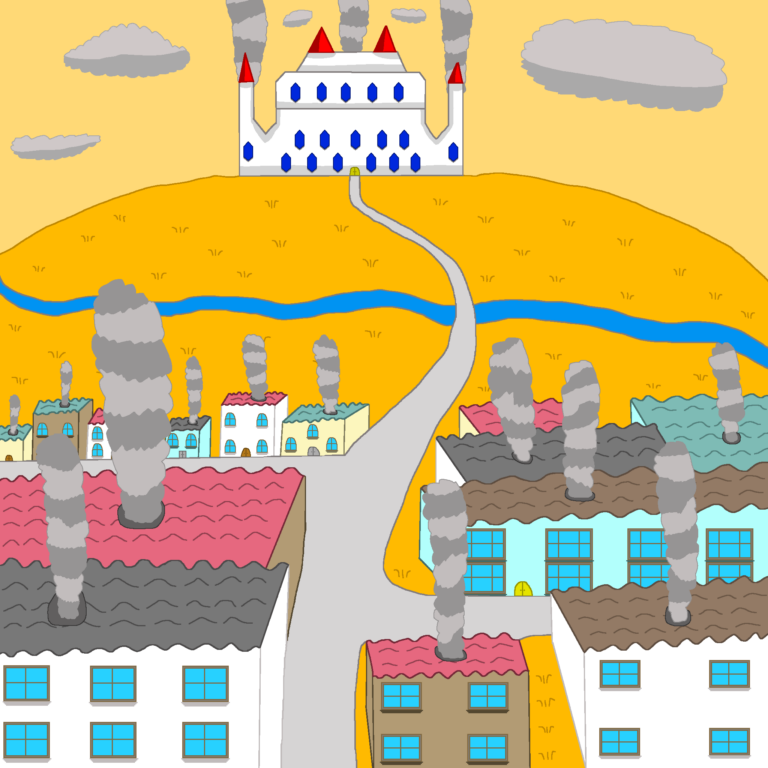
The scenes leading to the official beginning of the battle are also filled with drama. On the eve of battle, your characters — and the audience, by extension — feel a sense of forbidding dread growing in the atmosphere and there’s nothing they can do to stop it. With absolutely no other choice, they’ve consigned themselves to the fate that now awaits them. In some cases, they even admit they’re not sure they will reach the other side intact.
One of the most important aspects of battle is its chaos. Calmness and war do not go hand-in-hand. Confusion runs rampant on the battlefield as soldiers ferociously clash swords with their enemies and it can be difficult to distinguish between friend and foe. Characters literally have seconds to decide whether to kill someone or not.
Besides the violence raging on the battlefield, characters must also contend with the sounds of battle. They could be people’s dying screams or shouts of terror or madness, the sounds of metal clashing or arrows whistling through the air. These sounds make war feel all too real both for the characters smack dab in the melee and for the audience which only amps up the intensity of these dramatic scenes.
Dramatic scenes are central to making a timeless story. They bring tension and conflict with them, whether that be in-between characters or between the protagonist and the environment. Thus, mastering them and using them to pull the audience in and keep them invested in your story is key to success.
One popular use of dramatic scenes is in confrontations. A character may confront another for a multitude of reasons which leads to to an argument or altercation breaking out between the two. In confrontations, different personalities clash as they have their own goals they’re working towards which can lead to moments that can profoundly alter the trajectory of the story going forward.
Dramatic scenes can also be used when adventuring. You can showcase the threats of mysterious lands and these threats come in forms such as wild animals or evil monsters. In some cases, you can even use natural obstacles like mountains to create powerful scenes filled with drama!
The most prominent use of dramatic scenes is in battle. Many battles in fantasy have high stakes as most of them are part of the eternal conflict between good and evil. The chaos of war can make your audience fear that their favorite characters might fall which helps keep them on the edge of their seats.
Take your time in crafting dramatic scenes, for you want them to help take your story to a greater height!
Let me know what you think in the comments below. (Note: this is an account-exclusive feature).
If you don’t have one, you can register here. It only takes a few moments of your time!
Liked this article and want to subscribe? All you have to do is fill out the form below and that’s it!
Thanks for reading this and until the next time,
Sunfire
Subscribing means you receive:
You can always unsubscribe anytime.
Do you want to build the fantasy world you’ve always dreamed of?
Subscribe to receive notifications when a new post is out and for our monthly newsletter!
You can always unsubscribe anytime.